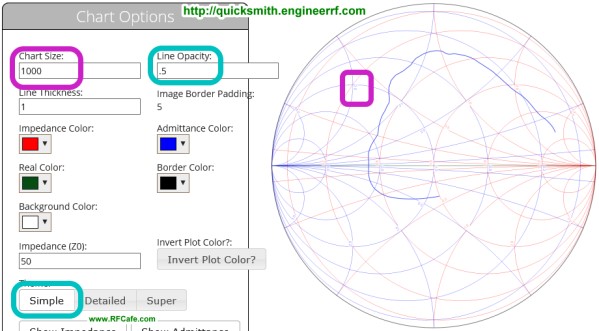

For the similar term Volpert graph, see Volpert graph (disambiguation).

All of it."Volpert diagram" redirects here. If you have not done this already, please read LTspice's Help. Cartesian - real on the left, imaginary on the right, versus frequency on the X-axis.Nyquist - imaginary on the Y-axis versus real on the X-axis.Bode - magnitude on left, phase on right, versus frequency on the X-axis.

Right-click on the left axis again, and look for the drop-down menu under "Representation". As set up now, you have a Bode plot with ohms on the left and phase on the right. That changes the units from Volts to Ohms. Also right-click on the name at the top of the plot and add "/1A" to the end of the name (because you used a 1A current source). Now right-click on the left Y-axis and change it from Decibel to Linear. The value plotted is volts, and because the current = 1, it is also the impedance. Then run the simulation, and plot the voltage (across the current source = at your circuit). AC analysis is actually small-signal, and linear, so the 1 Amp is just a scaling factor. Make sure it is the AC amplitude, so right-click on the current source and click Advanced, then look for the AC Amplitude box and put "1" in that box. Connect a current source to your 'unknown' (your circuit), with its AC amplitude set to 1 (Amp). The other way is manually, by connecting a source and plotting V/I. The hints below about plotting them apply to this too. NET command does, is put several additional waveforms into the LTspice output file, which can be plotted if you right-click in the waveform window and go to View > Add Traces. NET), and look at the example schematic S-param.asc that's on your disk in your Documents \ LTTspice XVII \ examples \ Educational folder. Read about it in LTspice's Help (LTspice > Dot Commands >.


 0 kommentar(er)
0 kommentar(er)
